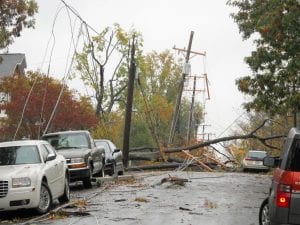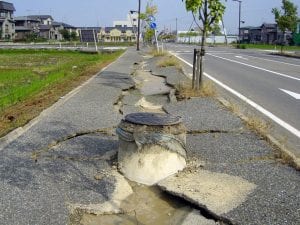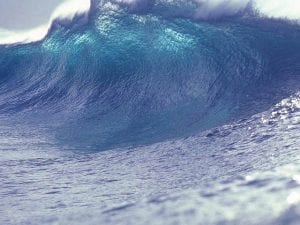
It’s More Than Just The Ground Shaking
Anyone living in California should be pretty well aware by now of the various natural disasters to which the area is prone. Earthquakes are, of course, the number one concern on everybody’s mind. In recent news, though, there have been a number of fire hazard warnings issued by local authorities due to high winds and the dry Californian environment. Both earthquakes and fires are a cause for concern, but have you ever wondered how the two are related?
Earthquakes can cause a great deal of damage to the areas in which they strike. The shaking of the ground can topple buildings, knock out power lines, and severely or even fatally injure those in the vicinity of the seismic activity. There is, however, a great deal more to prepare for in the event of an earthquake.
Downed power lines are one of the biggest issues that can affect a large area in the event of an earthquake. Not only can this knock out the power to a myriad of people, but did you know that it can also start fires and even explosions? That’s right, the combination of escaping natural gas caused by the shifting of tectonic plates or the rupturing of local gas lines added to a downed power line can spell disaster. If the water lines are knocked out by an earthquake as well, it will be all the more difficult to quench the fire on top of everything else. This is, unfortunately, not the only collateral hazard that can be brought on by the event of an earthquake.
The Pacific Northwest Seismic Network has classified the different earthquake hazards into two categories: primary earthquake hazards and secondary earthquake hazards:
The primary earthquake hazards include such disasters as ground shaking, landslides, surface rupture, and liquefaction. The ground shaking is what you feel when a quake hits. These startling seismic waves can even damage or crack the foundation of a home that is not properly bolted down. This is just one reason why foundation repair and house bolting is such an important means of earthquake safety preparation. Landslides can occur when the ground shakes and causes the failure of mountainous slopes that are already weakened. Surface rupture it probably the most common visual in the case of an earthquake as it happens when seismic activity tears cracks in the earth’s surface, resulting in visible cracks in the ground. Liquefaction is the liquefying of soil, which can be brought on by the stress of an earthquake. The soil loses its stiffness and strength and, essentially, turns to liquid.
Secondary earthquake hazards are those which are caused by the primary hazards. They may be even more disastrous than the primary hazards. These hazards include tsunamis, seiches, flooding, and, as discussed above, fires. The movement of earthquakes can trigger a tsunami, which are massive waves from bodies of water that can wreak serious and often fatal destruction upon anything in its path. A seiche is a wave that forms similarly to a tsunami, but which occurs in an enclosed or partially enclosed body of water. Seiches can occur in places such as lakes or swimming pools. Earthquakes can also damage levees or dams that hold water, causing flooding which can destroy homes and spread debris all over the place, leaving a wake of destruction.
Given all of this information, you may be asking yourself “How can I be prepared for the threat of an earthquake and its subsequent hazards?” A solid emergency kit and plan is always the first step. Getting your property retrofitted for earthquakes, keeping it properly bolted to its foundation, and making sure that you maintain it in good repair can also help to defend against the variety of dangers caused by quakes. The best defense is good preparation and a secured home. Although disasters cannot be predicted, being prepared for the occurrence of catastrophic events could potentially be life-saving.



